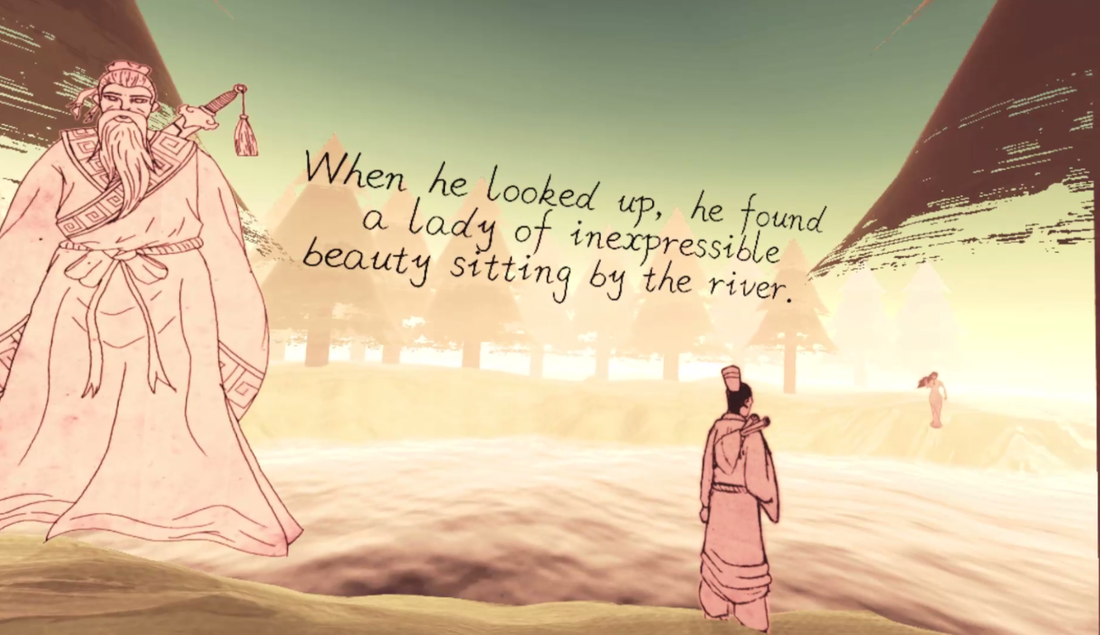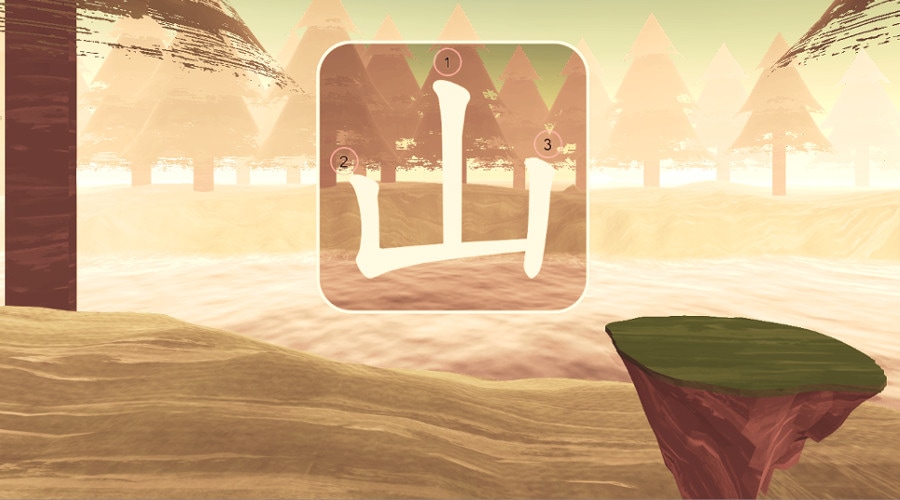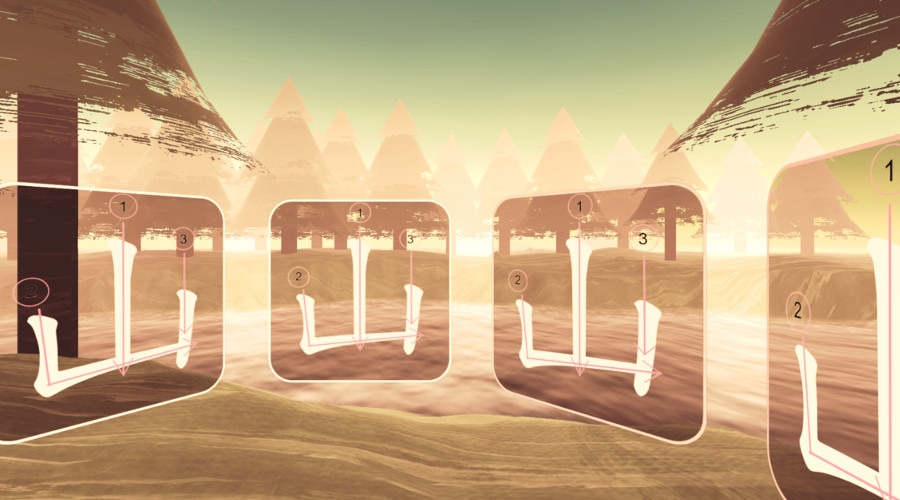Objective
This is a research project with the goal to design and develop a virtual reality application that assists in teaching Chinese language and culture. The educational app alternates between telling parts of an ancient Chinese folktale, and teaching basic characters related to the previous story segment.
Plan- "Language lab of the future"
The educational app uses the prose-poem by poet and prince Cao Zhi as inspiration. The poem's story is used as a general guide for teaching specific fundamental characters. The project is part of a larger series that uses one of the famous Eight Immortals in Chinese tradition to narrate classic Chinese folktales while teaching Mandarin.



